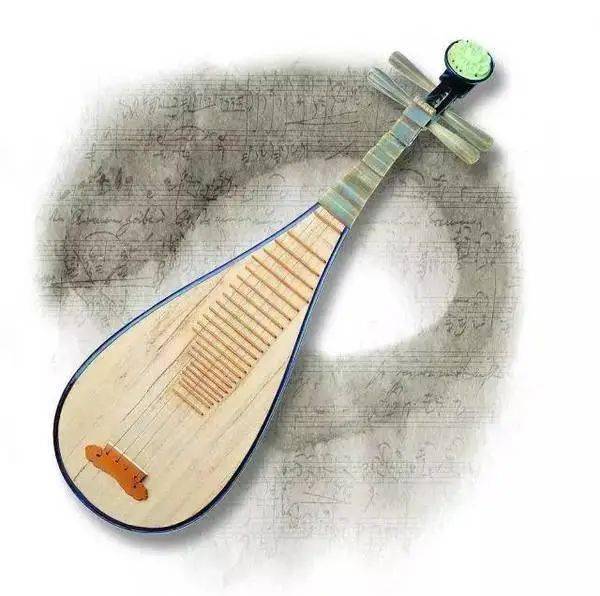Four maintenance methods of lute
Pipa, a traditional Chinese plucked musical instrument, has a history of more than 2,000 years. It is called "the king of folk music", "the king of plucked instruments" and "the first plucked musical instrument" by Fredo. It is a plucked stringed musical instrument. Today, I will give you four methods of how to maintain the pipa. I hope it will be helpful to you.

1. Do not suffer from trauma: Because the pipa panel is made of paulownia wood with relatively loose wood, it is not protected by paint after it is made, so you should take extra care in use, keep the panel clean, so as not to affect the appearance quality, try not to hit the panel with your fingernails, In order to reduce the wear of the panel and prolong the service life, when the lute is placed on the table after the performance, it is advisable to place the lute flat in the center of the table. At the corner of the pipa, the four Zhenzi of the pipa are against the walls on both sides, which can prevent the head of the pipa from being damaged or the bottom of the pipa from being damaged.
2. Pay attention to moisture-proof: Pipa is mainly composed of dozens of wood and other parts, all of which are glued together, such as: the headstock itself, between the headstock and the body, the pipa panel itself, between the panel and the tortoise plate , No matter what glue is used for gluing between the double hand and the panel, there is a problem of being afraid of moisture, and each glued part is easy to crack after being wet. After the pipa is usually used, it should not be placed in a humid place, and it should not be attacked by rain. After getting wet, it will absorb a lot of water, which can cause changes in the sound, reduce the volume, and cannot rely on heat sources, such as heaters.
3. The double hands of the pipa are made of high-grade bamboo through special processing, which plays a great role in the sound quality of the pipa. Because the double hands are suspended in the air, the thickness is not large, and the tension of the four strings is extremely It is easy to break, so be careful when using it, and don't bump it. When tuning the string, don't make too much force on the shaft, just set the tuning in place.
4. Fake nails should be selected well: After using metal strings in modern times, the right finger needs to wear fake nails to play. In the past, thin copper sheets, thin aluminum sheets, thin horn sheets, thin ivory sheets, etc. were used to make oval false nails , This kind of fake nails or with metal noise, easy to damage the string body or too thick and dull pronunciation, not ideal. Fake nails should have three requirements: the thickness is appropriate, the texture is tough and wear-resistant, and the surface is smooth. The outer tip of the thumb can be made more prominent; the central tip of the index finger can be made into a semi-circular protruding shape; the middle, name, and little fingers are generally used to play the string with the central tip of the nail to make it match the finger worn. Real nails are completely similar in roundness, curvature, and central circular curvature, and the length should be slightly longer than that of real nails.
 渝公网安备 50010702504639号
渝公网安备 50010702504639号